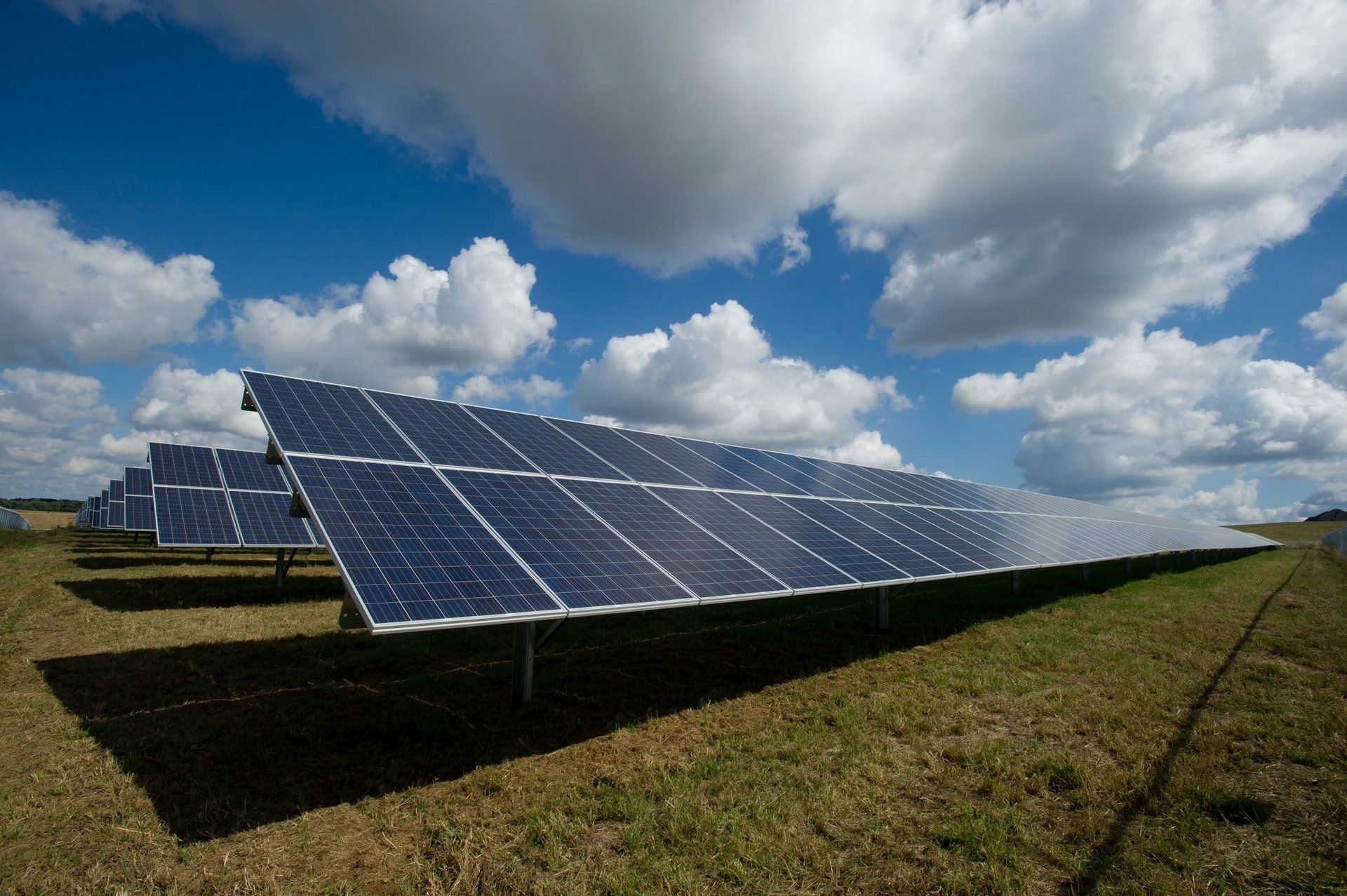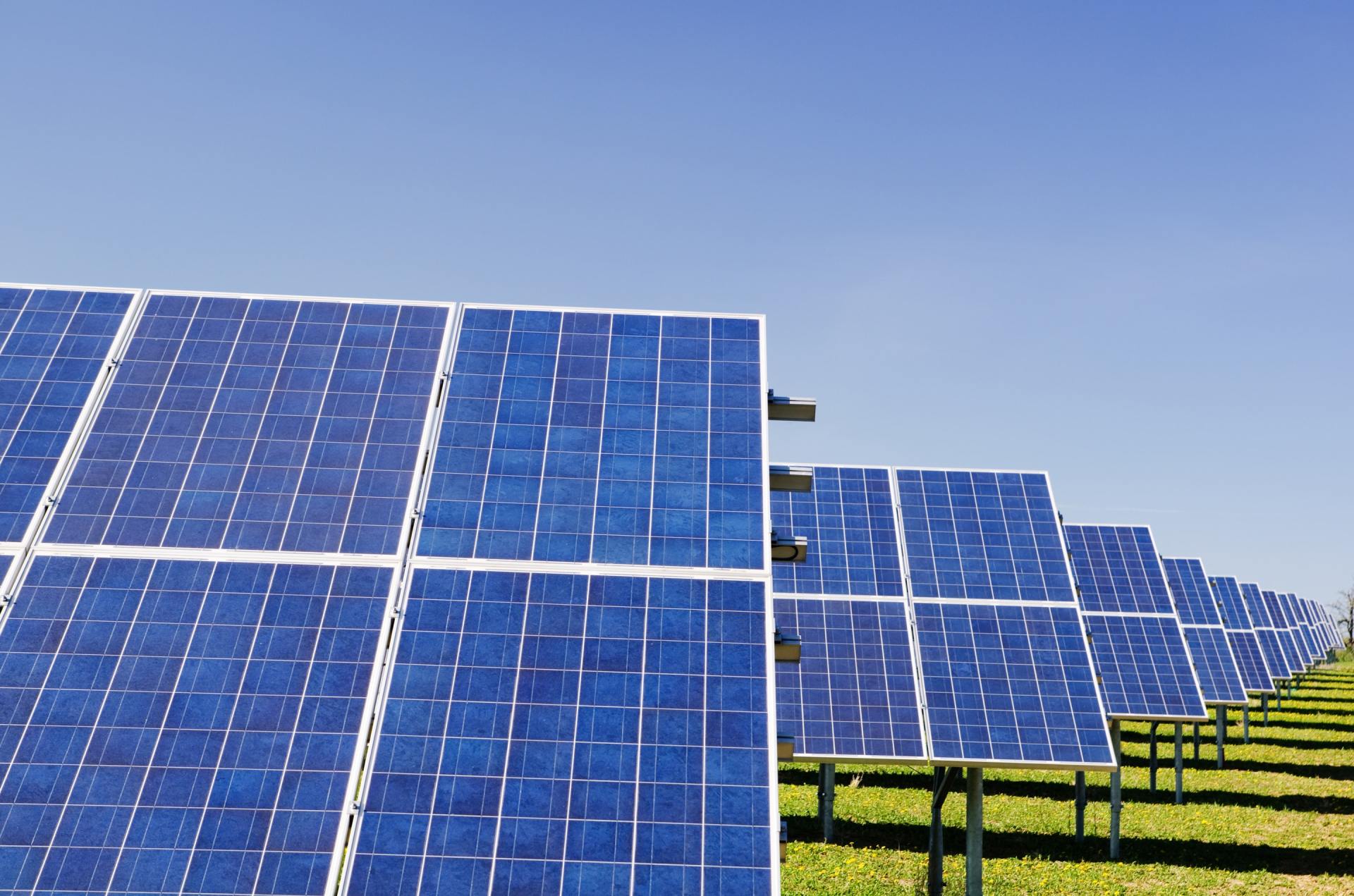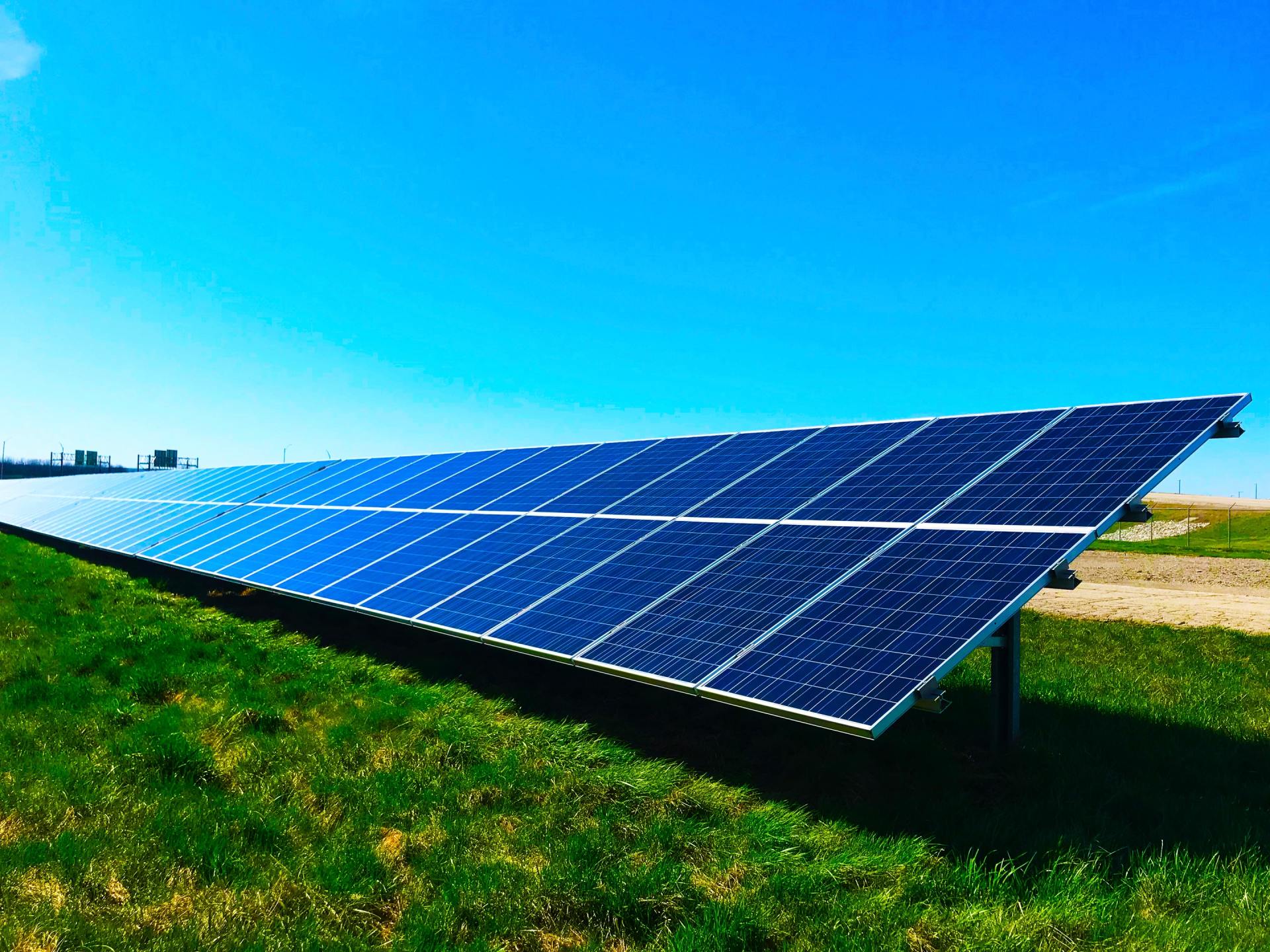Off Grid Systems
We can supply any type of off grid system with combinations of power generators. Most of our off grid systems are based on solar systems with battery backup.
View our new off grid packages
In Australia, most electricity is supplied by utilities or electricity corporations from power stations, via supply networks called grids.
These main grids provide electricity to the majority of Australians using mainly large coal and gas fired power stations and large hydro generation schemes. More recently some smaller scale wind farms and photovoltaic systems have been introduced. Remote towns like Port Hedland, Mt Isa and Coober Pedy are not serviced by the main grid and have diesel or gas fired power stations to provide electricity via a mini grid.
In the absence of a grid, personal or small area off grid systems can be located near a home or neighbourhood to meet electricity requirements. Off grid systems consist of power generation equipment such as solar electric panels, wind turbines and micro hydro turbines usually combined with petrol or diesel generators, control equipment and storage batteries.
The term Remote Area Power Supply (RAPS) is often misleading, as many RAPS are located near urban centres. The key to whether a RAPS is economical in your location is the comparative cost of connection to the state electricity system or grid.
Your new home, holiday home or caravan can be supplied with electricity from a number of generating sources other than mains power.
The more common alternatives include:
- photovoltaic (PV) modules (solar electricity);
- wind turbines;
- micro-hydro (water) generators;
- petrol or diesel generators; or
- a combination of two or more of the above which is referred to as a ‘hybrid system’.
RAPS systems must be designed and sized around your own specific needs for electricity.
An undersized RAPS system will leave you less than satisfied, whilst an oversized system will involve unnecessary expense. In establishing the size requirements of a RAPS system, you first need to analyse your households electricity load requirements.
This is done by finding the wattage of each appliance and estimating the time that each appliance is used. Multiplying these two figures will give you the energy used by the appliance over that time. Totaling this for all appliances will give you an indication of the electricity load requirements of your household.
It is important that this be done accurately for every appliance, to reduce the size, and hence cost of the total system, energy conservation measures will have great benefit in reducing both storage and generation requirements variations in daily and seasonal conditions, as well as site conditions, will determine your choice in generating equipment.
Installation of a RAPS system should be under the supervision of an accredited electrical contractor.
The design of the home itself is the critical starting point for reducing energy needs. Attention to features such as building orientation, insulation, shading, windows and building materials will result in an Energy Smart design. This will directly influence the size and cost of your RAPS system.
The following general rules will also help you to reduce the size and hence capital cost of your RAPS system:
- Avoid electrical appliances where bulk heating or cooling is involved, such as in cooking, hot water heating, space heating, clothes dryers or air-conditioning. These functions use a lot of energy.
- Refrigerators and freezers also have high energy use, so energy efficient LPG models should be considered.
- Be aware also of the continuous energy requirements of clocks, including those on videos and microwave ovens. Wherever possible use battery operated clocks or disconnect appliances when not in use.
Consider alternatives such as the following:
- Heating passive solar heating, LPG or solid fuel heaters;
- Hot water solar, heat pump, LPG, or solid fuel hot water services;
- Clothes drying using clothes lines;
- Cooking LPG or solid fuel stoves;
- Microwave ovens – but be aware that microwave ovens only operate at full power when linked with a sine wave inverter and that the power used is approximately twice the power output rating.





